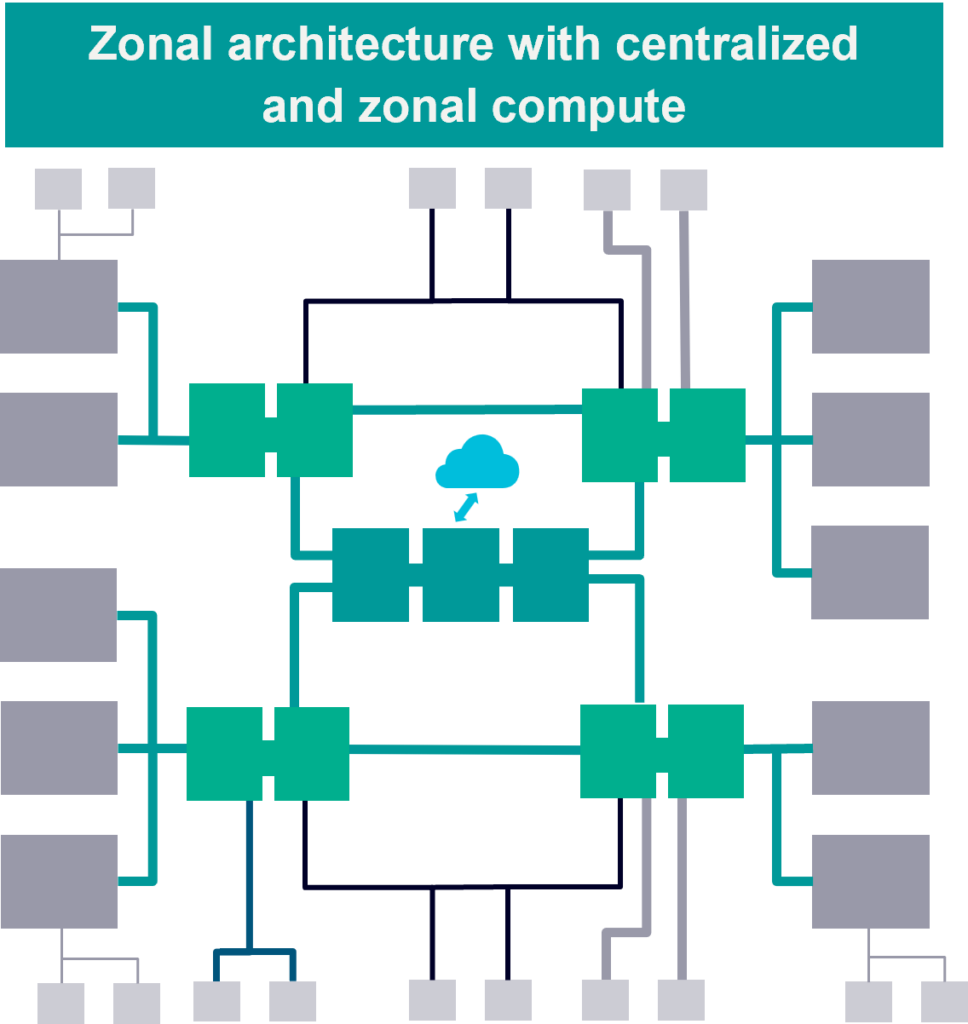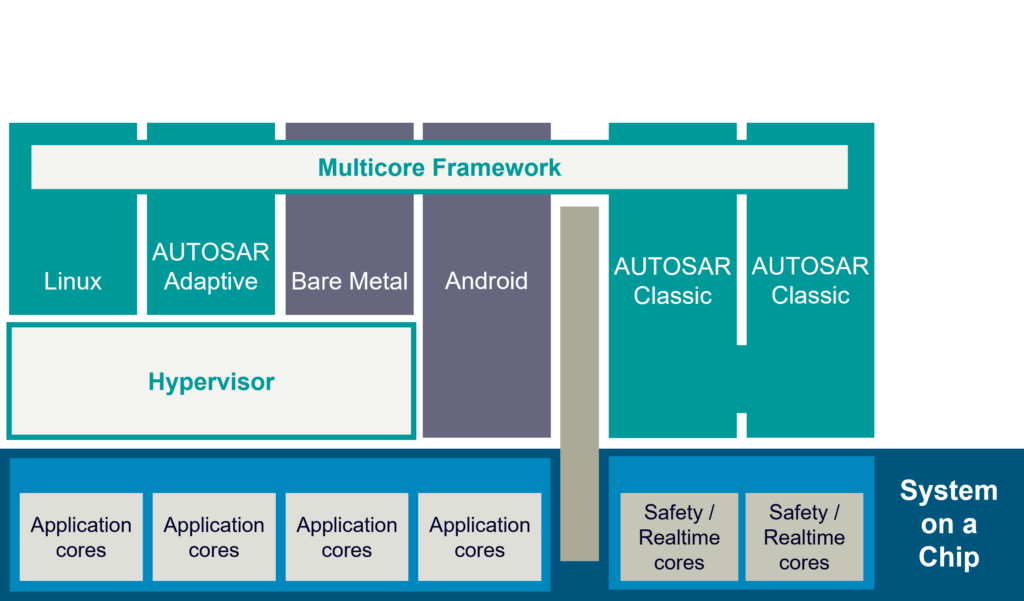Software Factories, Software Defined Vehicles, and Over-the-Air Updates

Software factories, to support development of Software Defined Vehicles (SDV) over their life cycle are trending right now, along with Over-the-Air (OTA) updates to add and extend features, and also provide necessary system updates. SDV’s are by definition software intensive, with often sophisticated features built up using onboard and commonly off-board data to deliver a configurable customer experience. In this connected world there is a need to be able to update the cyber security of these vehicles, but there is also an opportunity to be able to update and extend features, offering customers more from their existing vehicle, sometimes for free, and sometimes at an additional cost to the customer, presenting value opportunities which might help fund the necessary updates.
E/E Architecture for Software Defined Vehicles
Electrical/Electronic Architectures for vehicles are evolving, driven by and enabling SDV’s, taking advantage of newer technologies such as Automotive Ethernet. The industry has moved from a architectures using few CAN buses, with some LIN nodes, through increasing numbers of CAN buses, and specialist networks such as MOST and FlexRay to having functional domains, connected via a backbone network, commonly Automotive Ethernet. In recent years the OEM’s have started to explore the possibilities of Ethernet and how it enables a move towards zonal architectures, and centralizing, or at least concentrating more of the computing power and decision functions into fewer, more general purpose ECU’s. However, there’s no single path towards this end game, and maybe there’s more than one end game, how much computing power will there be in the zones, and how much can be centralized?

Heterogeneous software and silicon
The move towards few more generic compute type ECU’s requires heterogeneous software to support differing functional needs, this in turn requires heterogeneous silicon with cores optimized for different task types. The needs of functions supporting functional safety differing from those needed for supporting media video displays and everything in-between. Increasingly the AUTOSAR standard is working with other standards bodies such as ASAM, COVESA and many more to ensure compatibility to build up these kinds of heterogeneous software stacks. Siemens CapitalTM Embedded solutions now support AUTOSAR R20-11 expanding support Automotive Ethernet and OTA updates.

Software factories
More and more complicated software requires new development processes compared to those traditionally used to develop physical vehicles, with updates and support extending over the vehicles life-cycle, and ideally relatively few branches supporting multiple vehicle types. Many OEMs are in-sourcing more of their software development, vertically integrating, taking more control of the software platforms, and application functions. Splitting out specific software factories enables adoption of Continuous Integration/Continuous Deployment (CI/CD) and other agile processes and tools, and potentially eases hiring of the needed skills.
Electrification
We have been hearing a lot in recent times about mega trends affecting the automotive industry, including Electrification, and how they related to increasing software, so its worth considering if SDV’s need to be electrified, and does electrification create opportunities or challenges. There are benefits to having a larger battery onboard in terms of creating more opportunities to do OTA updates, but are there other areas which tie into SDV development or capabilities?
Learn more
To learn more about this topic Siemens has many resources available online, the latest addition is an on demand webinar I presented last week, expanding on the trends above in much more detail:
- On demand webinar: Software factories are emerging across the automotive industry enabling Over-the-Air updates of Software Defined Vehicles over their life cycle
Further to learn more about solutions to the new complexities introduced consider these:
- On demand webinar: Road to AUTOSAR Release R20-11
- On demand webinar: Accelerating embedded software development in the automotive industry
- Product news: Announcing the development of Capital software integration with IBM for E/E systems and software development


